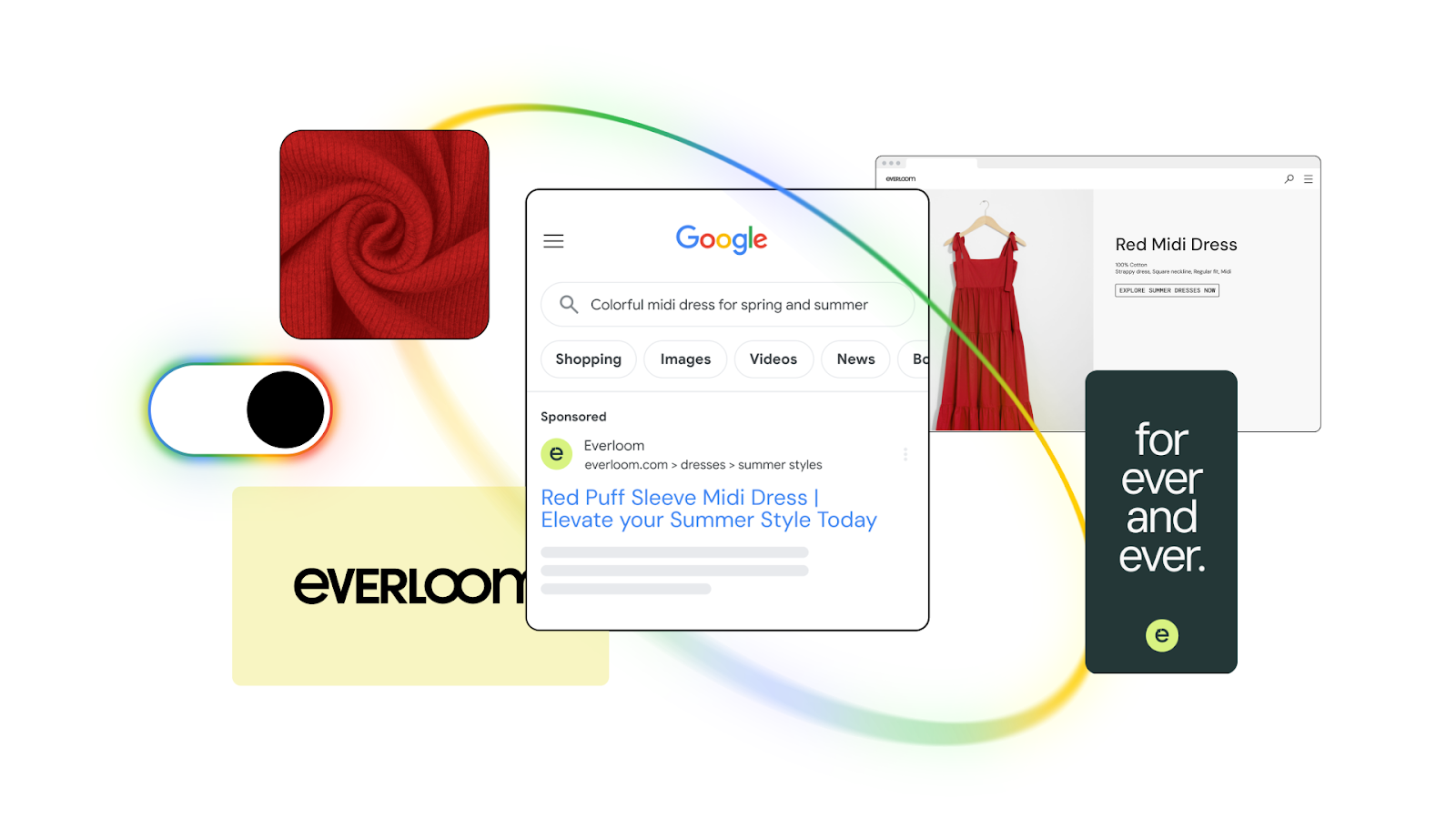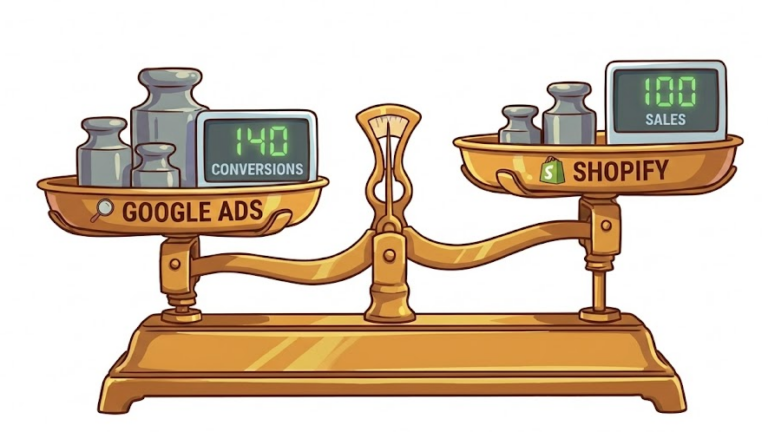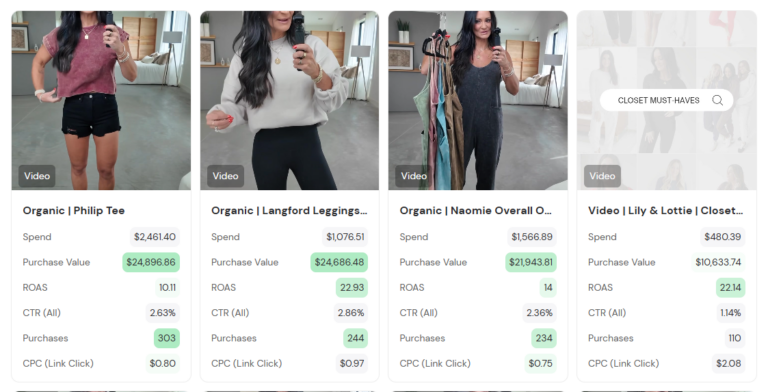Google’s AI Overviews and language models like ChatGPT are starting to take over how people search. In fact, over 1.5 billion use Google’s AI Overviews monthly, and that number is climbing.
That means your audience isn’t just searching on Google anymore. They’re asking questions in AI-powered tools, and those tools are serving up answers. If your brand isn’t showing up where people are now getting their information, you’re already falling behind.
We’ve done the work. We’ve run the tests. While there isn’t a foolproof way to guarantee your brand will show up for queries in your market, we’ve found a way that will increase your chances of your ads being shown in Google’s AI Overview.
What Is AI Overview And What Is It Used For:
Via Torro Media
AI Overviews are those new smart answer boxes that sit right at the top of some Google search results. Instead of just showing a list of blue links, Google now uses AI to summarize the most relevant info in a clean, scroll-stopping format.
These overviews are especially useful for long-tail questions that don’t have one obvious answer. You’ll see a mix of facts, perspectives, and additional links. It’s a faster way for people to research without digging through multiple websites.
And now, Google is testing ad placements right inside them.
The question on every business’s mind has been “How can we get our brand to be referenced for these queries?” or “How can we have our ads show up here before anyone else?”.
How Do Ads Come Up?
Right now, ads are showing up in about 10% of AI-generated queries, and that number is expected to grow larger and larger as Google looks to improve its monetization efforts.
Right now, the types of searches where ads appear aren’t the typical “buy now” ones, they’re deeper, top-of-funnel questions.
Queries That Often Don’t Show AI Overviews:
Not every search is a good fit for an AI-generated answer. In fact, some types of queries rarely surface AI Overviews at all. These are usually high-intent, decision-based searches where the AI can’t really add unique value.
Here are a few examples that typically don’t show AI Overviews:
- Short-tail queries like “running shoes” or “laptop” are too broad and lack context for AI to summarize effectively.
- Shopping or “buy now” intent searches tend to trigger product listings and ads, not AI summaries, because users are closer to conversion.
- Highly subjective or preference-based topics, like “best mattress” or “top phone under $500,” often rely more on personal choice than AI can confidently summarize.
In short: if the query is commercial and straightforward, AI Overviews usually stay out of the way.
Queries That Often DO Show AI Overviews:
AI Overviews are built to shine when the question requires more context, explanation, or multi-part answers. These usually aren’t your typical “buy now” searches, they’re the ones people ask when they’re still researching or trying to understand something.
Here’s what those queries tend to look like:
- Long-tail questions like “how can I run faster and longer without my feet hurting?” are great examples, they’re detailed, specific, and focused on solving a problem.
- Research-driven searches where users are gathering information before making a decision, like “how to choose a marathon training plan” or “why do feet hurt after running long distances.”
- Less subjective topics that AI can confidently explain, such as steps, methods, or tips, where there’s clear and helpful information to summarize.
These are discovery-based searches, not high-intent purchase queries. That means the goal isn’t just to get a click, it’s to build awareness, trust, and relevance early in the buying journey.
How To Show Ads In AI Overviews:
If you want your ads to start showing in these AI results, you’ll need to shift your approach and your targeting. This isn’t about catching users at the bottom of the funnel who are ready to click “Buy Now.” Instead, you’re focusing on people still figuring things out, researching, comparing, and asking deeper questions. These users are top-of-funnel, and they’re where AI Overviews are showing up the most. If you’re only chasing conversions, you’ll miss them entirely.
Who You’re Targeting
- These are users with specific problems, not product names. They’re asking things like “best ways to reduce muscle soreness after running” or “how to keep a toddler entertained on a plane,” not “Nike running shoes size 9.”
- They’re early in the decision process. They want guidance, options, and answers, not a direct sales pitch.
- They’re the audience that will remember you if you help them first. Brands that show up with helpful, honest content are more likely to get the click later.
How To Target These Users
- Identify the questions your audience is asking most. Use tools like Google Search Console, Answer the Public, or ChatGPT to find common questions in your niche that don’t already have strong answer content.
- Create blog posts or guides as your landing pages. These should directly answer the question being asked. Keep the content clear, easy to scan, and helpful; this builds trust and relevance with the user (and with Google’s AI).
- Run ads to these content pages, not just your product or service pages. The goal is to meet users where they are in the journey, provide value, and then give them a clear next step once they’re ready to take action. This positions your brand as the helpful one early on, and that’s who usually wins the sale down the line.
How To Optimize For These Questions:
Via Google Ads & Commerce Blog
To actually show up in AI Overviews, your campaign structure and keyword targeting need to shift toward how real people ask real questions. You’re targeting the research phase, when people are asking longer, more specific questions that signal they’re looking to learn, not immediately purchase. Google’s AI is designed to answer those types of queries, so your campaigns need to align with that.
Here’s how to optimize for these kinds of searches:
- Target long-tail keywords that mirror natural language. Think “how to prevent knee pain while running” instead of just “running shoes.” These are the types of searches that trigger AI Overviews.
- Use broad match with top-of-funnel seed terms so Google can match your ads to related questions and variations you may not have predicted. This gives you flexibility and scale.
- Launch AI Max campaigns. These are specifically designed to explore new placements like AI Overviews and take advantage of Google’s real-time understanding of user behavior and intent. If you want visibility in emerging search formats, this is where to start.
Disclaimer:
AI Overviews are still new, and we’re all learning how they work in real-time. There’s a lot of promise here, but it’s not a silver bullet (yet). If you’re testing this out, here are a few things you need to know upfront:
- You can’t directly control whether or not your ad shows in an AI Overview result. There’s no targeting switch or placement setting for this, Google decides when it happens.
- There’s currently no reporting that separates AI Overview clicks or conversions from standard search ads. Everything gets lumped together, so it’s impossible to tell what’s actually driving performance.
- Performance can be inconsistent. Some queries show ads in AI Overviews, others don’t, and that mix changes often.
- This isn’t something you can rely on for core campaign performance right now. It’s a smart space to experiment in, but not one to bet the farm on.
We’ll keep a close eye on how this evolves and let you know the moment Google gives us more clarity or control.
AI Overviews are still early, but they’re not going away, and brands that start testing now will be in a much better position when this becomes mainstream. Getting ahead of these shifts is how you stay relevant, show up where your customers are searching, and avoid falling behind. If you want help figuring out how to get your ads into AI Overviews or need a game plan tailored to your brand, let’s talk. Reach out and schedule a call with our team to get started.






no replies